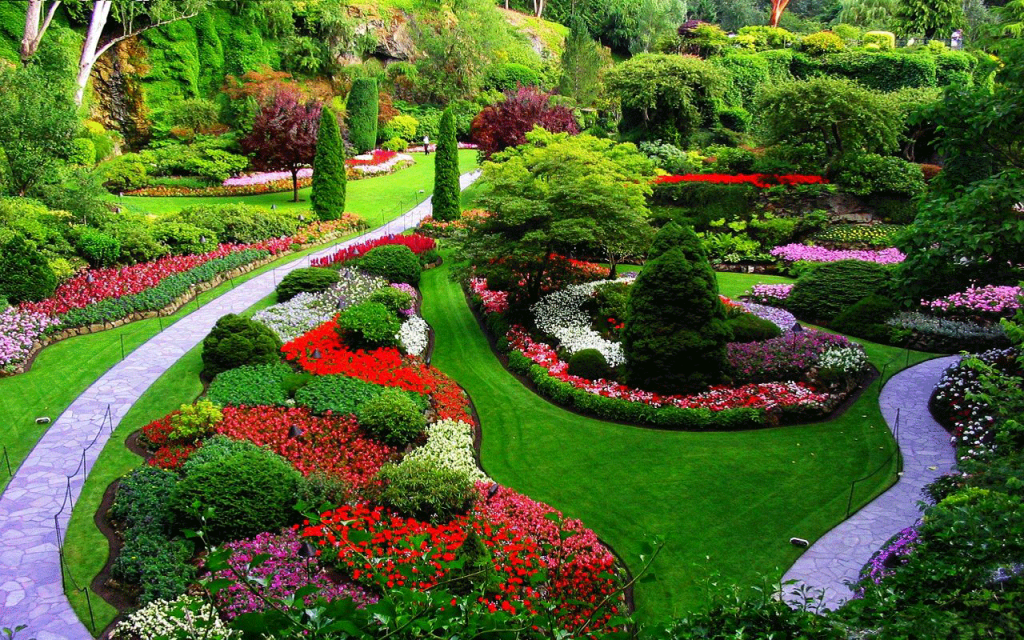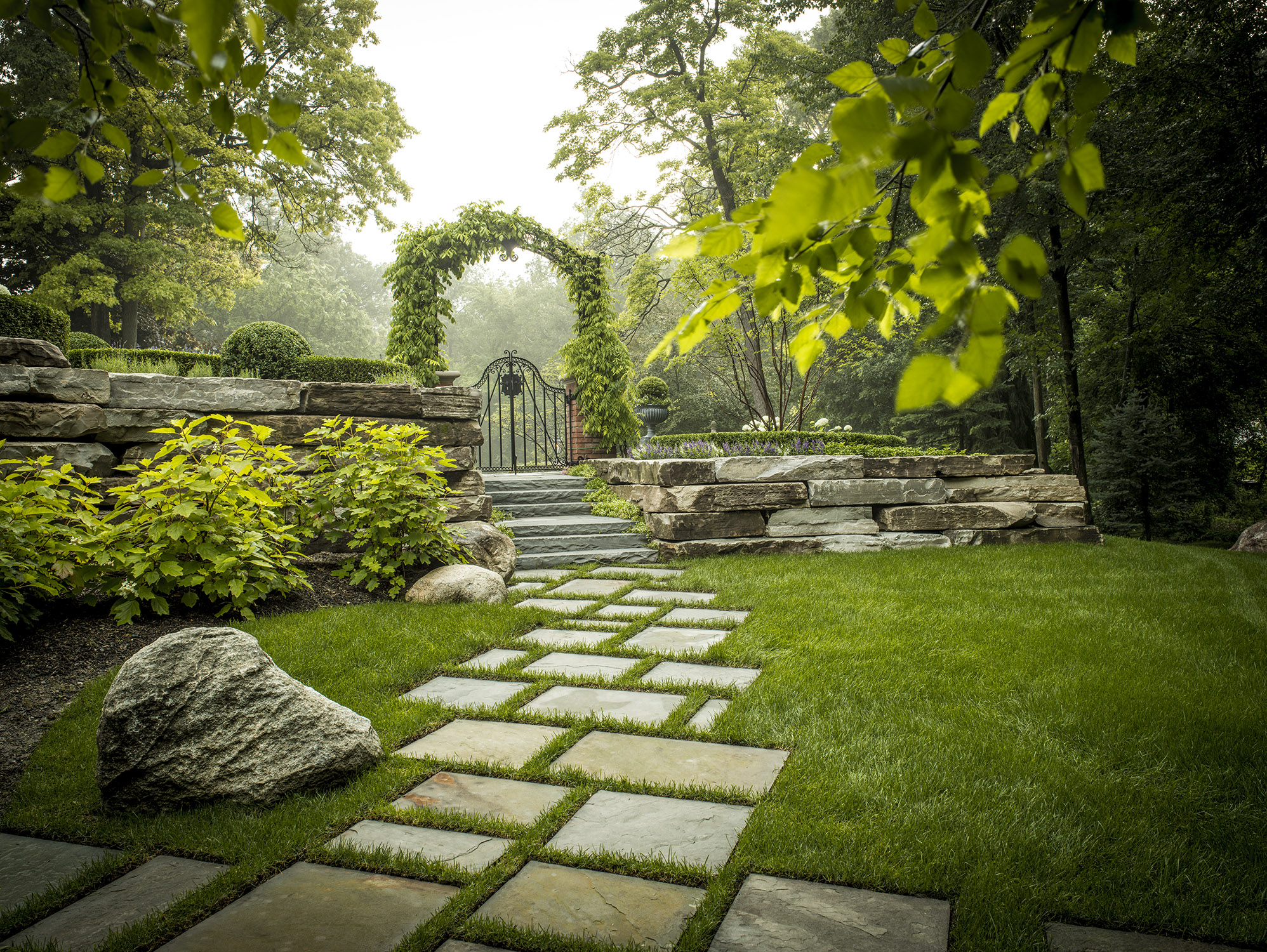Hilton Head Landscapes - An Overview
Hilton Head Landscapes - An Overview
Blog Article
Everything about Hilton Head Landscapes
Table of ContentsNot known Incorrect Statements About Hilton Head Landscapes Examine This Report on Hilton Head LandscapesWhat Does Hilton Head Landscapes Mean?Things about Hilton Head LandscapesThe Ultimate Guide To Hilton Head LandscapesHilton Head Landscapes - TruthsExamine This Report about Hilton Head LandscapesSome Known Facts About Hilton Head Landscapes.
Type compatibility is also a significant component of unity in designone or more noticeably various forms benefit comparison and focus, yet normally all various other types should have some similarities for a linked look. Appearance describes how coarse or great the surface of the plant or hardscape material feels and/or looks.
Examples of plants with crude appearance consist of philodendrons, agaves, bromeliads, hollies, hands, and hydrangeas. Features that create great structure consist of little foliage; slim, strappy leaves (grasses) or high, slim stems; small, dense twigs and small branches; long stems (creeping plants); and little, delicate flowers.
Our Hilton Head Landscapes Ideas
The majority of plants are moderate structure, because they can not be referred to as having either crude or fine structure. They are characterized by medium-sized fallen leaves with easy forms and smooth edges. The average-sized branches are not densely spaced neither extensively spaced, and the overall type is generally rounded or mounding. Medium-textured plants act as a background to link and link the coarse- and fine-textured plants.

To make a space feel smaller sized, place the crude structures along the external boundary and the fine textures closest to the audience. The detail of the crude appearance makes the plants show up closer and makes the area really feel smaller sized. The regarded structure of plants can also change with the range from the plant.
Examine This Report about Hilton Head Landscapes
Bold shades raise the comparison and make the texture appear coarser, while low-key colors can squash appearance. Hardscape with a coarse texturesuch as very harsh rocks and vibrant, big timberstends to make all plant material appear much more moderate textured. Designers often establish an appearance study (Figure 8) theoretically to assist determine the setup of plant materials.
Figure 8. Appearance research. Shade in plant product and hardscape adds interest and selection to the landscape. Shade is the most conspicuous aspect in the landscape and is generally the emphasis of the majority of property owners; nevertheless, it is additionally the most temporary component, generally lasting just a few weeks a year for individual plants.
See This Report on Hilton Head Landscapes
An easy summary of the shade wheel consists of the three primary colors of red, blue, and yellow; the 3 secondary colors (a mix of two primaries) of environment-friendly, orange, and violet; and 6 tertiary colors (a mix of one adjacent key and secondary color), such as red-orange. Color theory describes the partnership of colors per other and exactly how they must be used in a make-up.

Analogous (in some cases called unified) color systems are any kind of three to 5 colors that are surrounding on the color wheel, such as red, red-orange, orange, yellow-orange, and yellow, or blue, blue-violet, and violet (bluffton landscaping). The shades relate to every other since they generally include two primary shades mixed to develop a second and two tertiary colors, which means they share usual residential or commercial properties
Complementary colors are usually located normally in blossoms; an usual set is yellow and violet. Shade is located in the blossoms, foliage, bark, and fruit of plants.
Some Known Questions About Hilton Head Landscapes.
Green vegetation in all its various shades is the dominant shade by amount, but various other colors catch focus more readily because of their high contrast to the shade green. Color is also discovered in buildings, rocks, pavers, wood, and furniture. Most colors in natural materials, such as rock and wood, are normally muted and have a tendency to be variants of brown, tan, and pale yellow.
Shade is a crucial aspect for producing passion and selection in the landscape. Colors have homes that can impact feelings, spatial understanding, light top quality, balance, and emphasis. One property of shade is explained about temperaturecolors seem awesome or cozy and can affect feelings or sensations. Awesome colors tend to be relaxing and ought to be utilized in locations for relaxation and tranquility.
The Best Guide To Hilton Head Landscapes
The "temperature level" of shades can additionally influence the assumption of distance. Awesome colors have a tendency to decline and are perceived as being farther away, making a room really feel larger. Cozy shades tend to development and are perceived as being more detailed, making a space feel smaller. Shade can likewise be utilized to catch interest and straight views.
Intense yellow, which has the highest possible strength, also has a high comparison with all other shades (commonly explained as a "pop" of color) and must be made use of sparingly. A percentage of intense shade has as much visual weight as a large quantity of an extra subdued or weak color.
Comparable (sometimes called harmonious) color plans are any type of three to five colors that are nearby on the color wheel, such as red, red-orange, orange, yellow-orange, and yellow, or blue, blue-violet, and violet. The colors relate to every various other because they typically consist of 2 main shades blended to create a second and two tertiary colors, which means they share usual properties.
Hilton Head Landscapes Things To Know Before You Get This
Corresponding colors are typically found naturally in blossoms; a typical set is yellow and violet. Color is found in the flowers, vegetation, bark, and fruit of plants.
Environment-friendly vegetation in all its numerous tones is the leading shade by amount, but other shades catch attention more readily because of their high comparison to the color eco-friendly - bluffton landscaping - next page https://h1tnhdlndscps.start.page. Color is additionally located in buildings, rocks, pavers, wood, and furnishings. Many colors in all-natural products, such as stone and timber, are typically muted and tend to be variations of brown, tan, and light yellow
Hilton Head Landscapes Things To Know Before You Buy
Colors have homes that can influence feelings, spatial perception, light quality, balance, and focus. Cool shades often tend to be relaxing and ought to be made use of in areas for leisure and tranquility.
The "temperature level" of shades can additionally influence the understanding of range. Trendy shades have a tendency to recede and are viewed as being further away, making a space really feel larger. Warm shades often tend to advancement and are regarded as being closer, making an area really feel smaller. Shade can likewise be made use of to capture focus and straight views.
For example, intense yellow, which has the greatest strength, also has a high comparison with all various other shades (frequently called a "pop" of shade) and should be made use of moderately. A percentage of intense shade has as much visual weight as a big quantity of a much more subdued or weaker shade.
Report this page